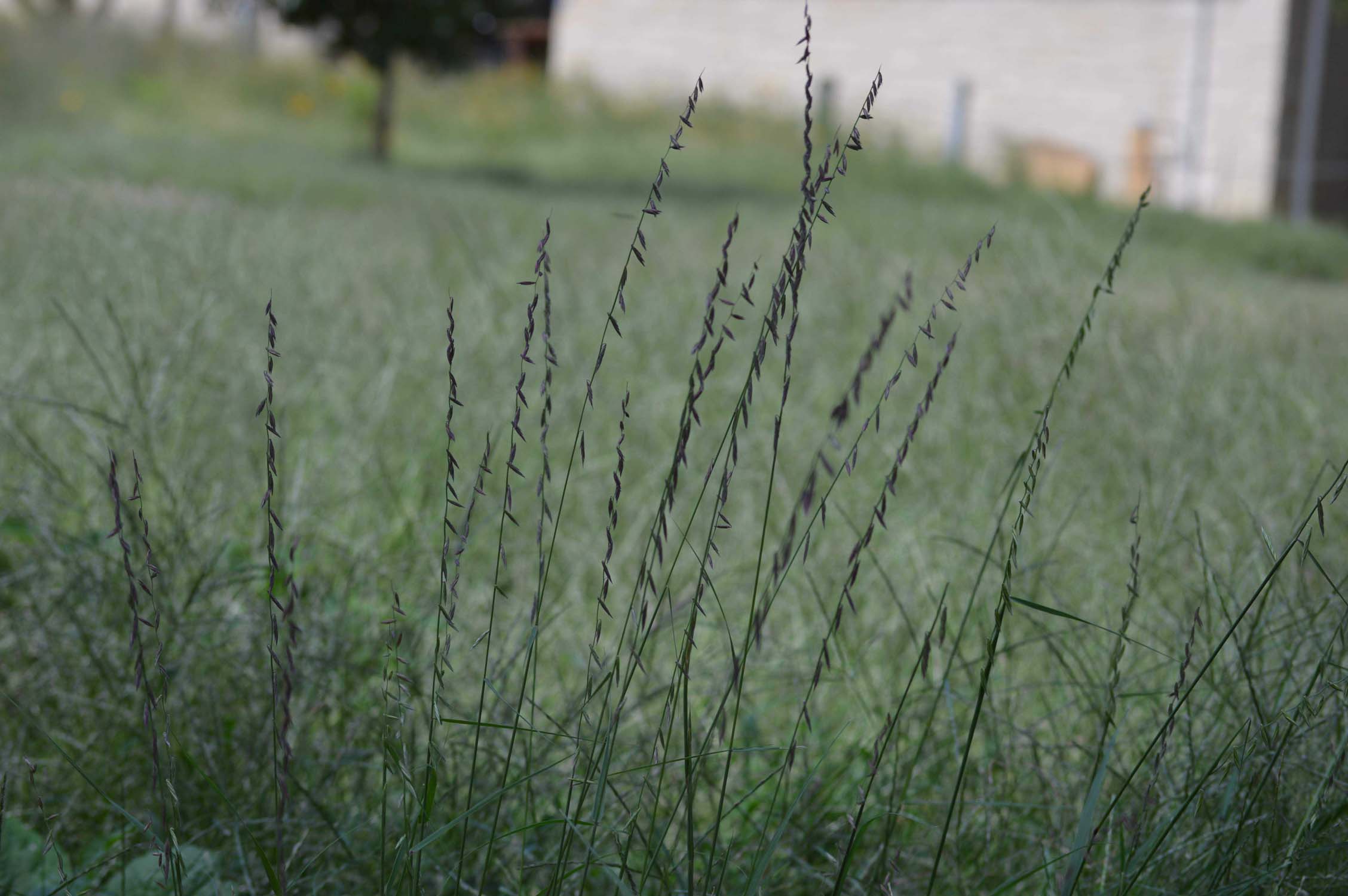
The Meadow is a work in progress – it will take 3-5 years to reach the point where the Meadow holds a dynamic equilibrium of native grasses and wildflowers, cut back each year, but allowed to grow tall in vibrant beauty each season. Until then, we have periodic cutting and weeding days to control weeds as the native plants become established.
What that means is, the weeds growing in the Meadow are expected and make sense when one considers the long history of the site as a cultural landscape. For more than 100 years, the ground cover of the site has been composed of various exotic (non-native) turf grasses and exotic weeds.
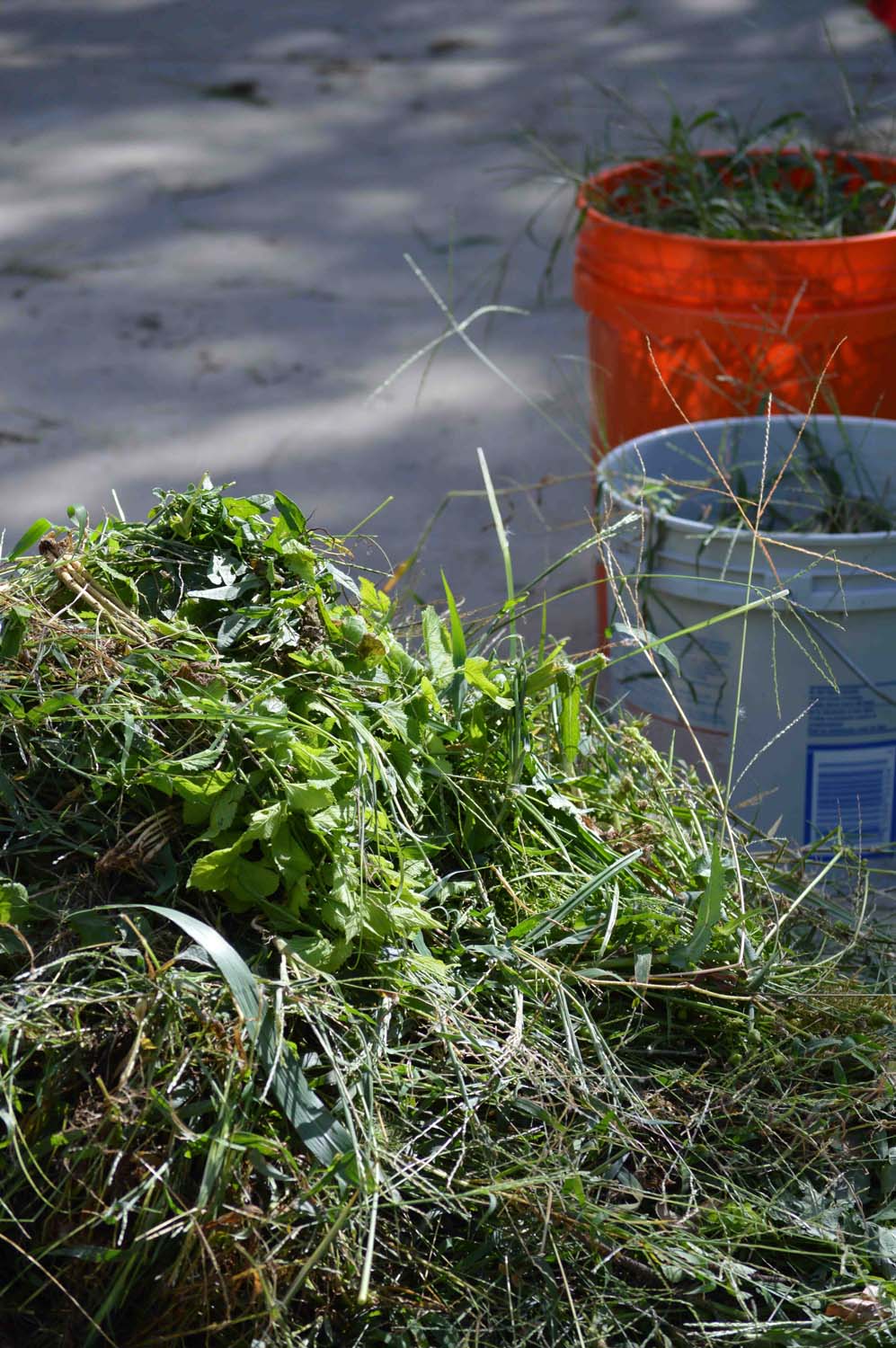
Take, for instance, crabgrass, which was one of the turfgrasses of the site prior to Meadow seeding. It’s a notoriously difficult weed to eradicate (it’s a plant even though we consider it a weed, the latter being a “plant out of place”). In one sense, it’s attractive, but it’s undesirable (therefore we call it a weed) because it fights for control of territory. Therefore we fight against it with consistent and deliberate weed whipping (cutting the vegetation, including the desirable plants) to six inches. We have chosen not to use chemical herbicides, due to their environmental persistence and potential effects upon soil and water health. The Beach Museum as a partner has been very supportive, leading the call for a chemical free landscape in the Meadow.
So what about the native plants that we want to see thrive? In most areas, they’re winning the fight already, but not just in the light of day. The fight is underground. Whereas weedy plants spread quickly across the surface of the earth, below ground the “good plants” are taking root and preparing for the major battle – the battle for soil moisture and nutrients.

Some people may be disappointed, thinking we are not keeping up with the weeds. But the truth is, using limited resources, we are making good progress toward realizing the Meadow. We understand wishing the Meadow to be already “complete.” So much development happens over days rather than years, and turf sod is an instant pleaser to the eye – it happens over hours, not even days. We are accustomed to instant landscapes. Take heart as many desirable plants are thriving in Meadow. In fact, “Grooming the Meadow” (our way of describing the process of weeding) showed us that our seeding efforts from this summer were a success.
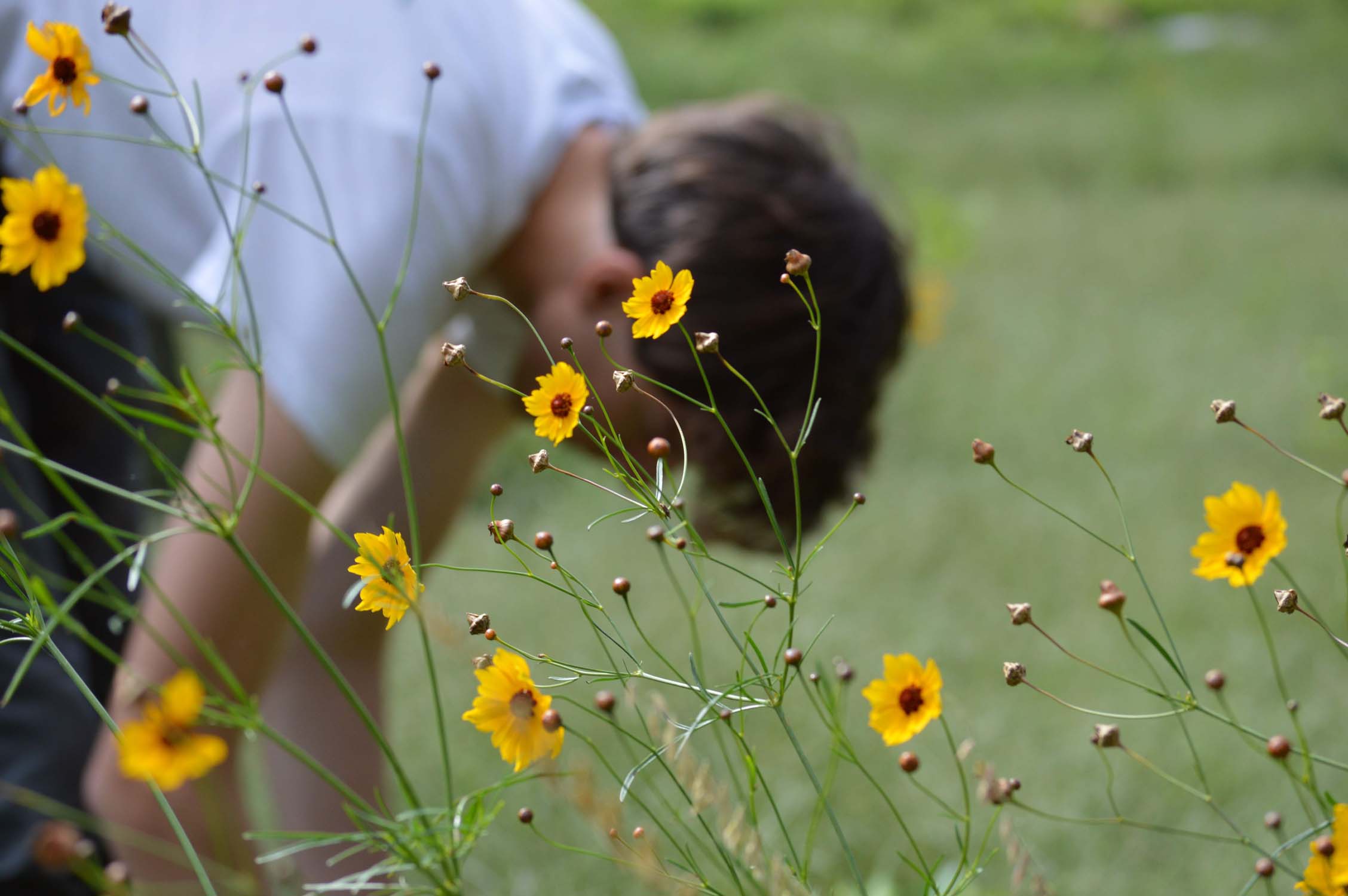
Interest in the Meadow is growing as staff reporter, Shelton Burch, of the Collegian recently wrote an article updating the campus community about this inter-departmental project. http://www.kstatecollegian.com/2013/10/04/meadow-connects-science-math-engineering-and-art/
If you walk by the Meadow this month, you’ll see that the K-State Grounds Maintenance team has just performed a scheduled fall cutting of the growth. We anticipate more germination of seed in the spring, so we’re removing as much plant thatch as possible now, while the plants are still fairly upright and easy to cut. A huge thank you to the K-State Grounds Maintenance personnel and our Meadow Grooming volunteers:
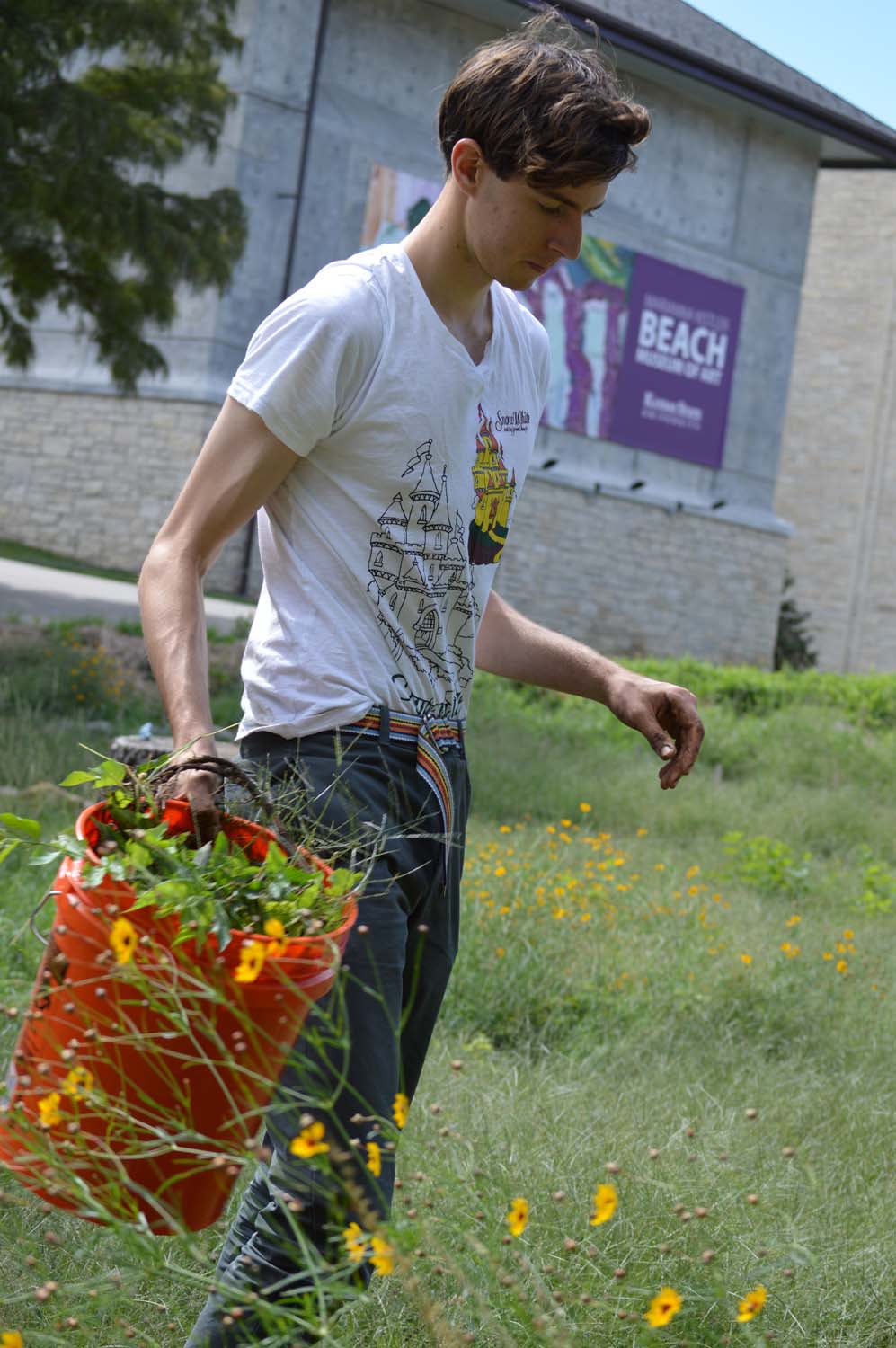
Troy Britt
Beth Krehbiel
Wesley
Richard Prudenti
Lee Skabelund
Lindsay Smith
Ruby Smith
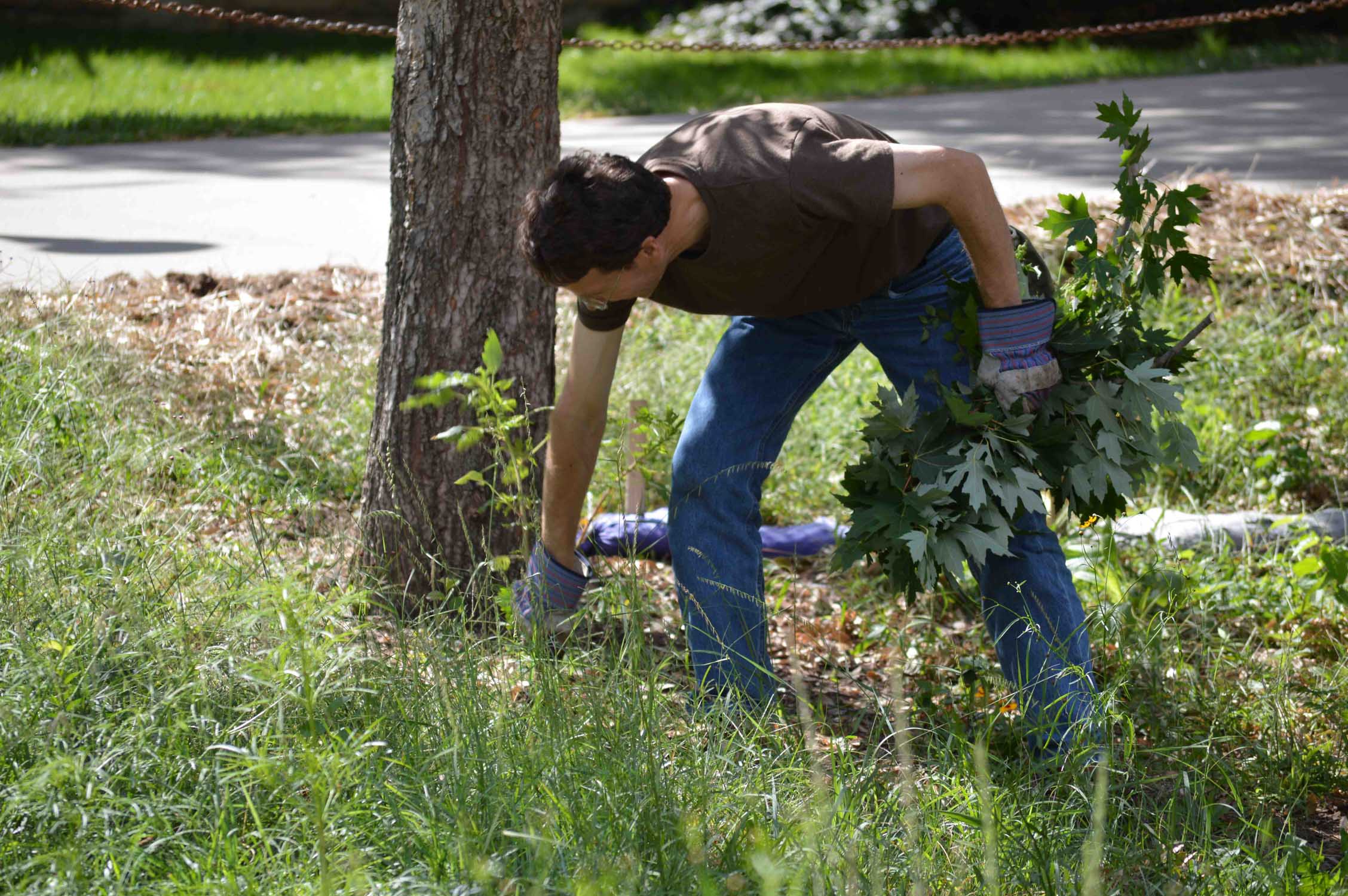
Post written by Richard Dean Prudenti and Katie Kingery-Page.